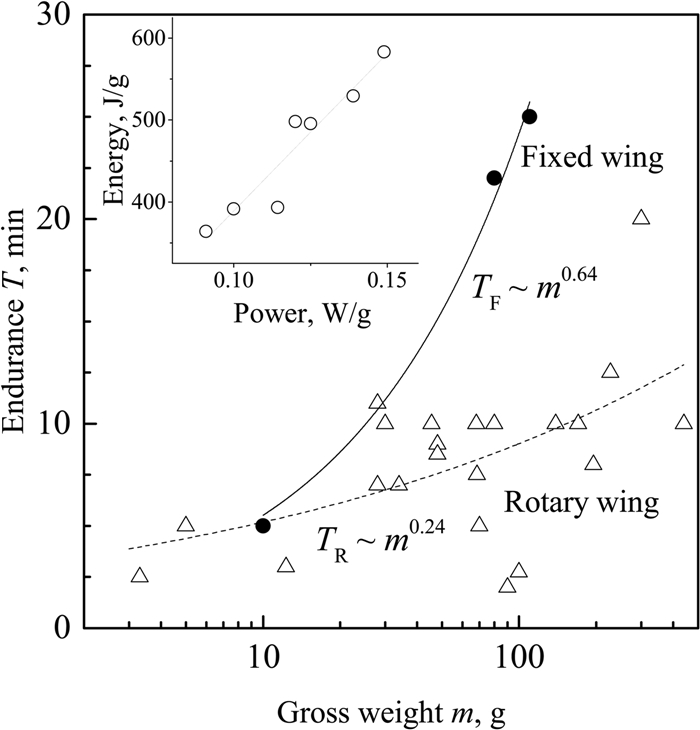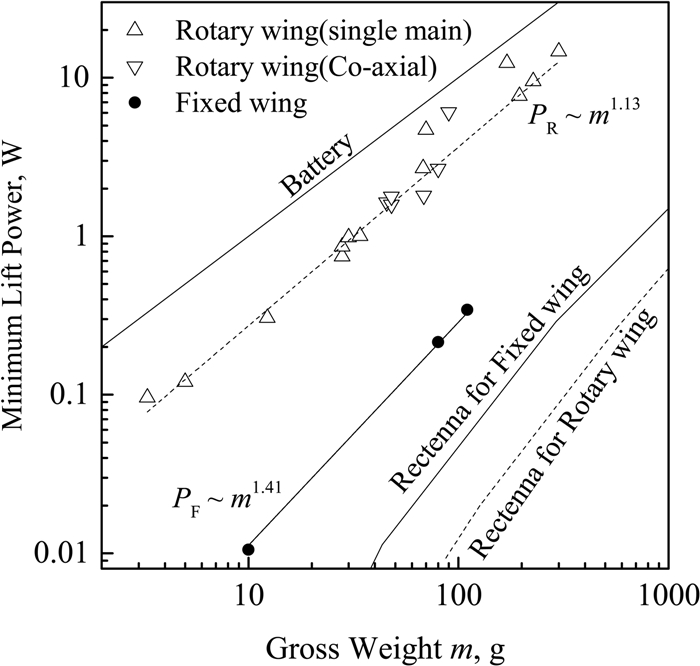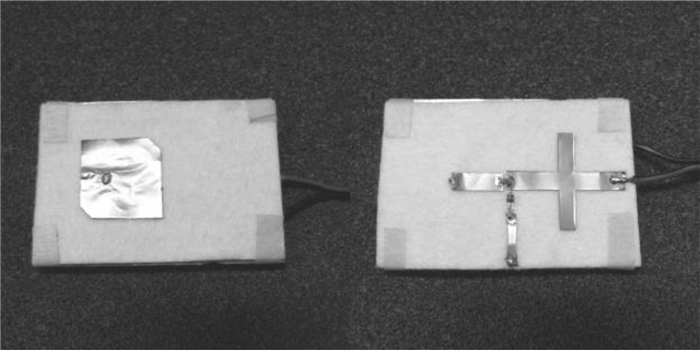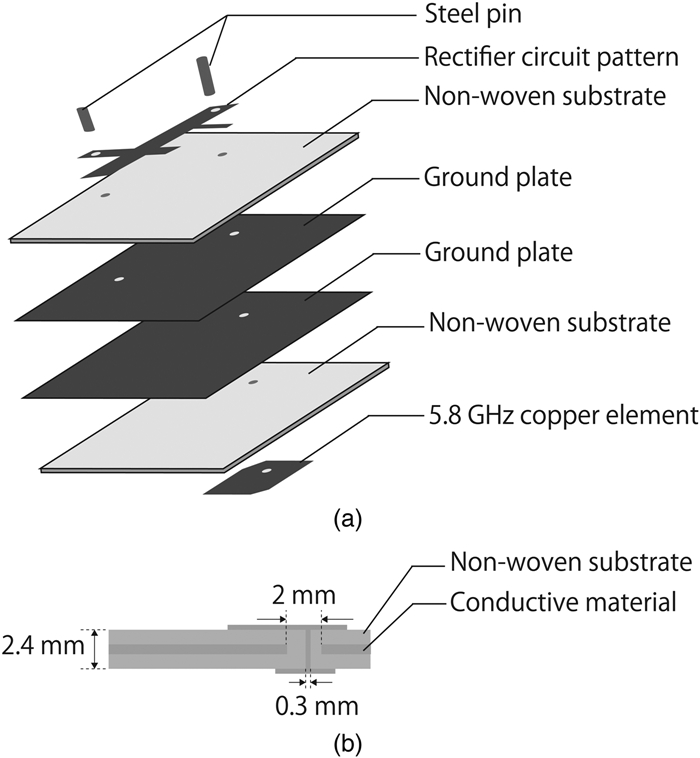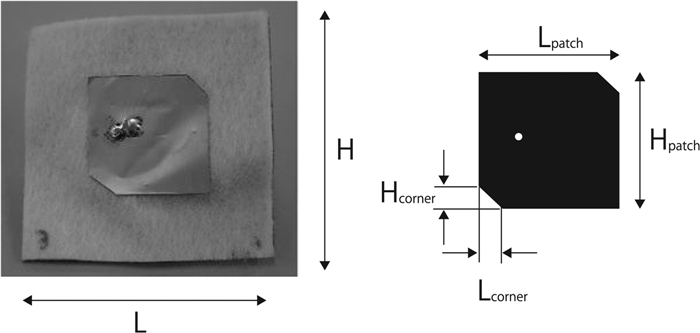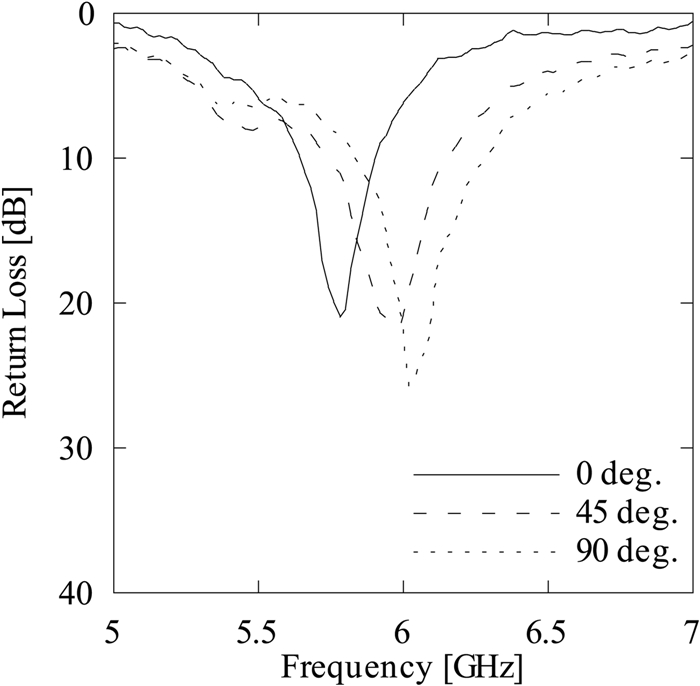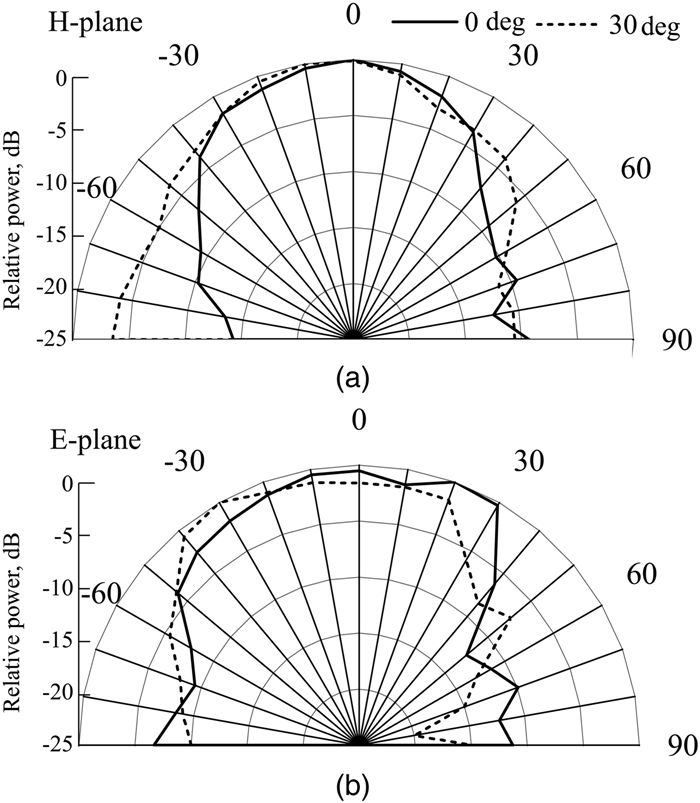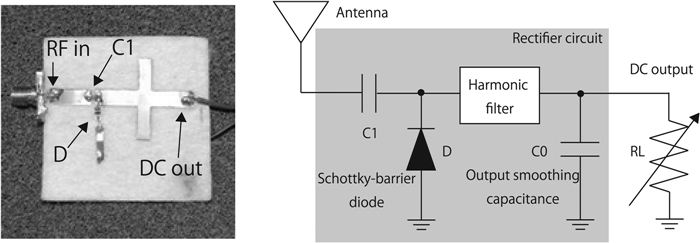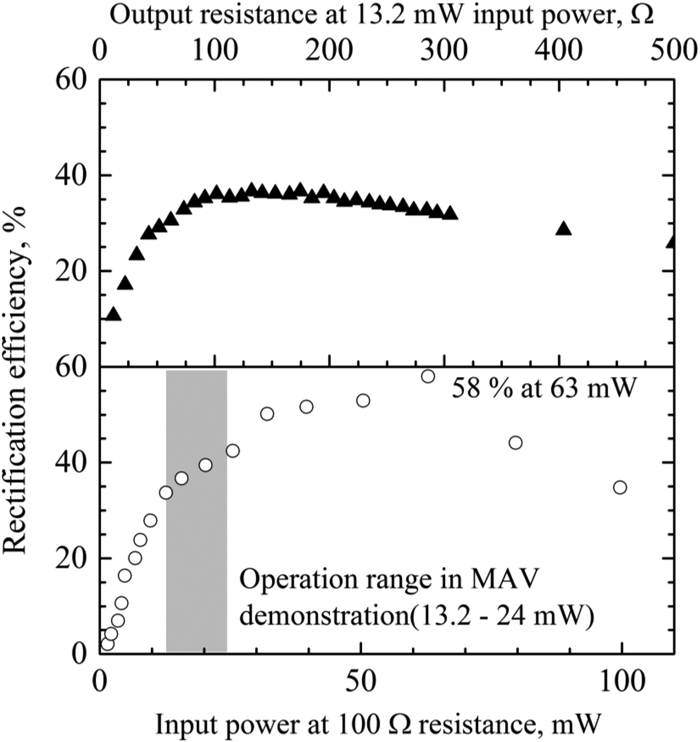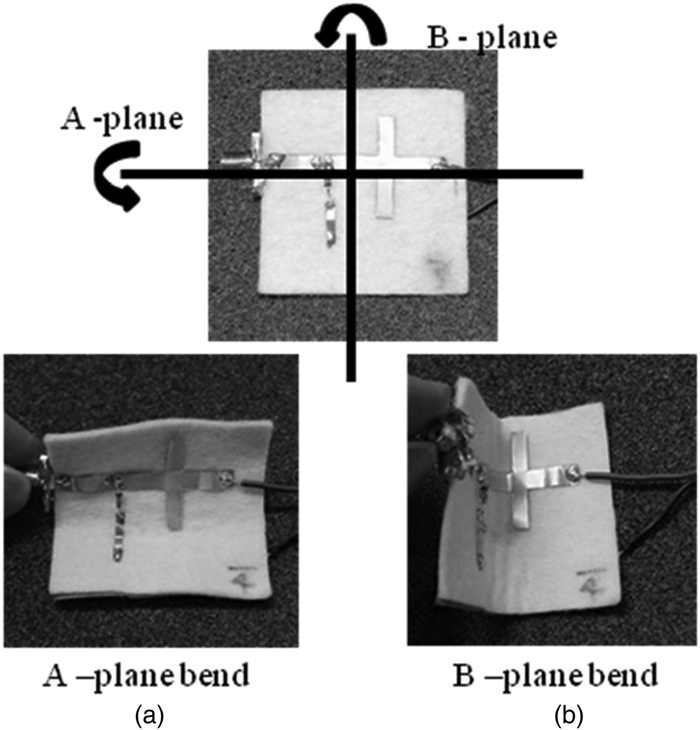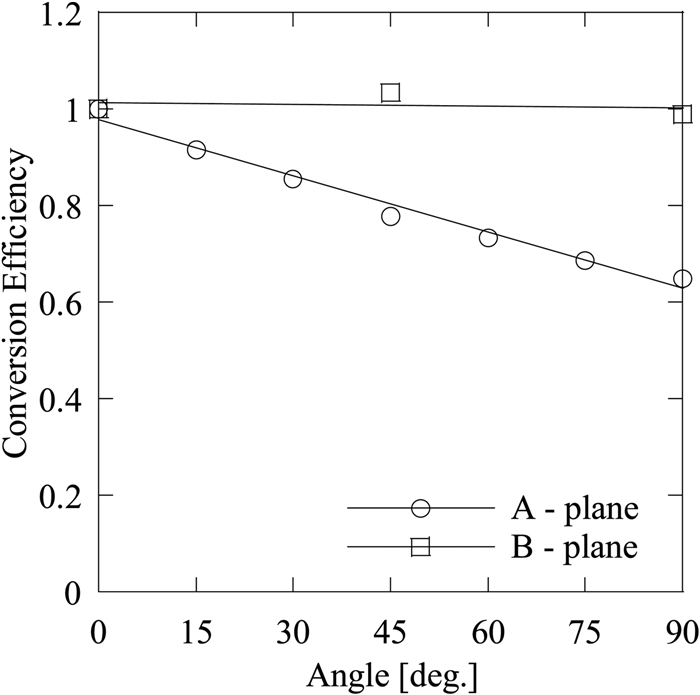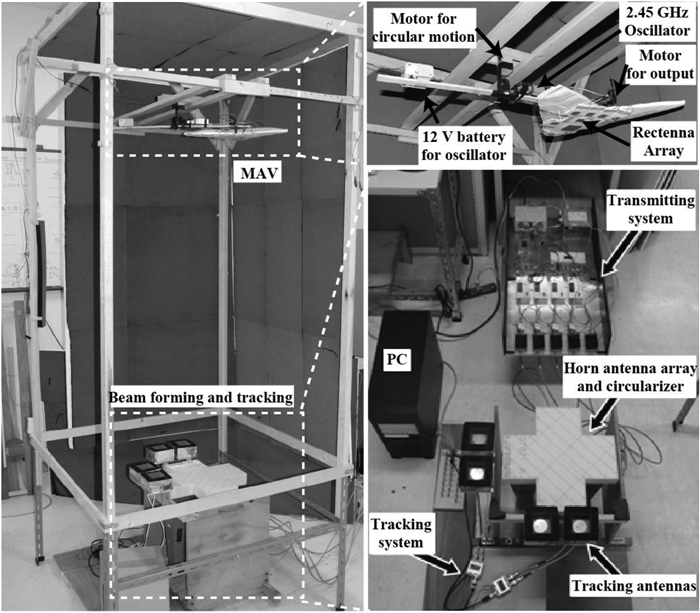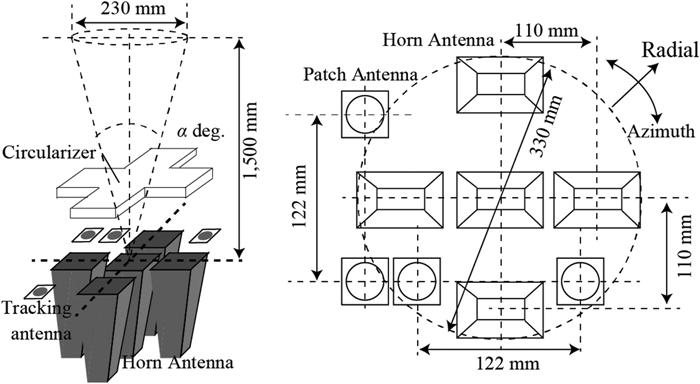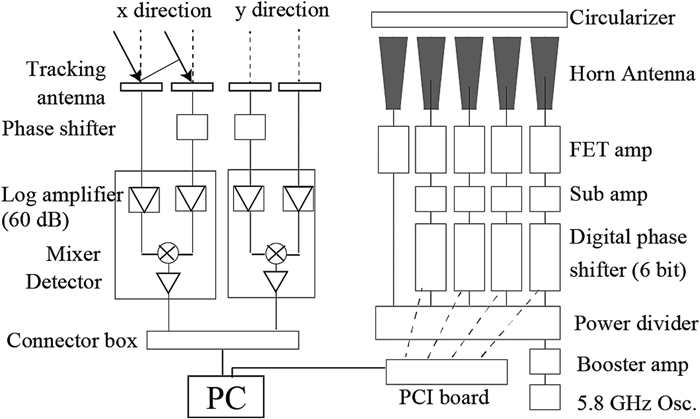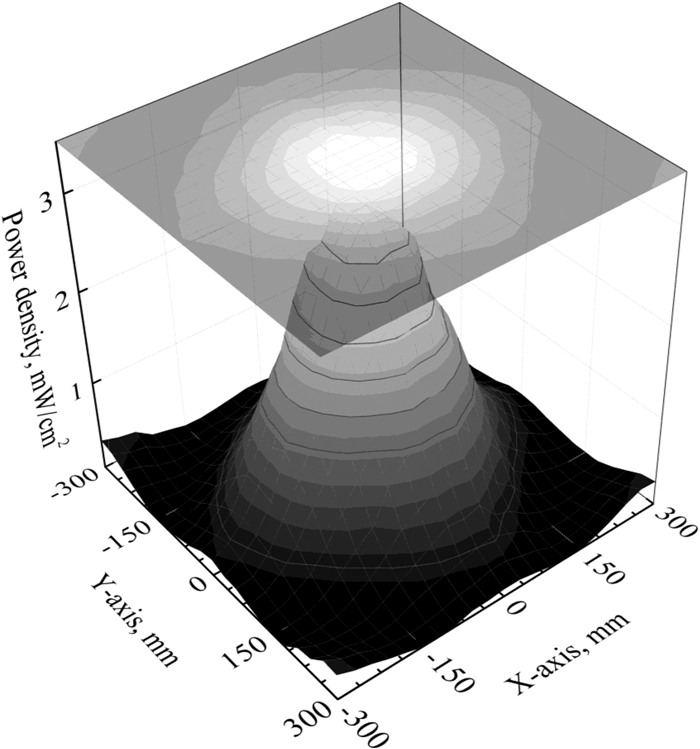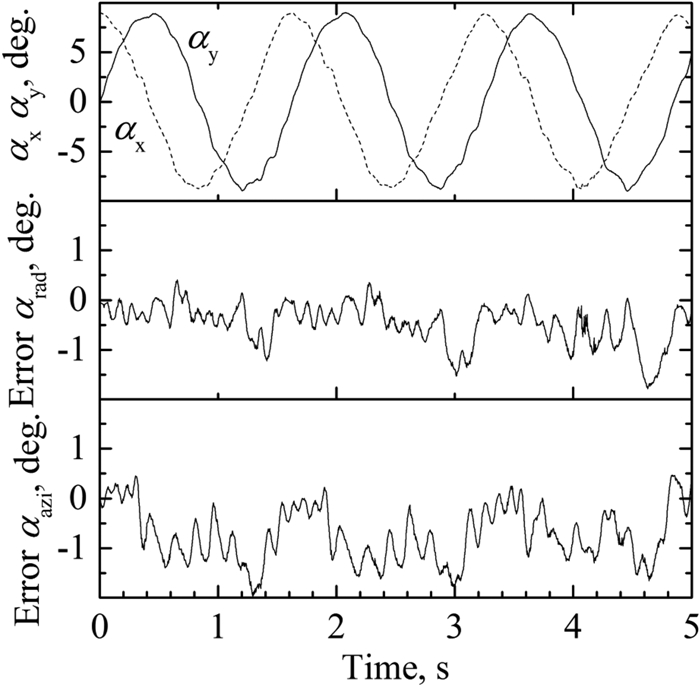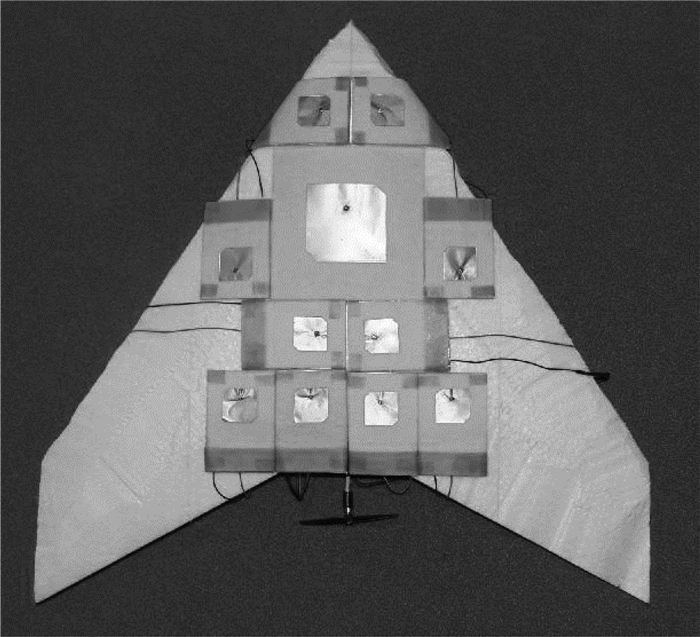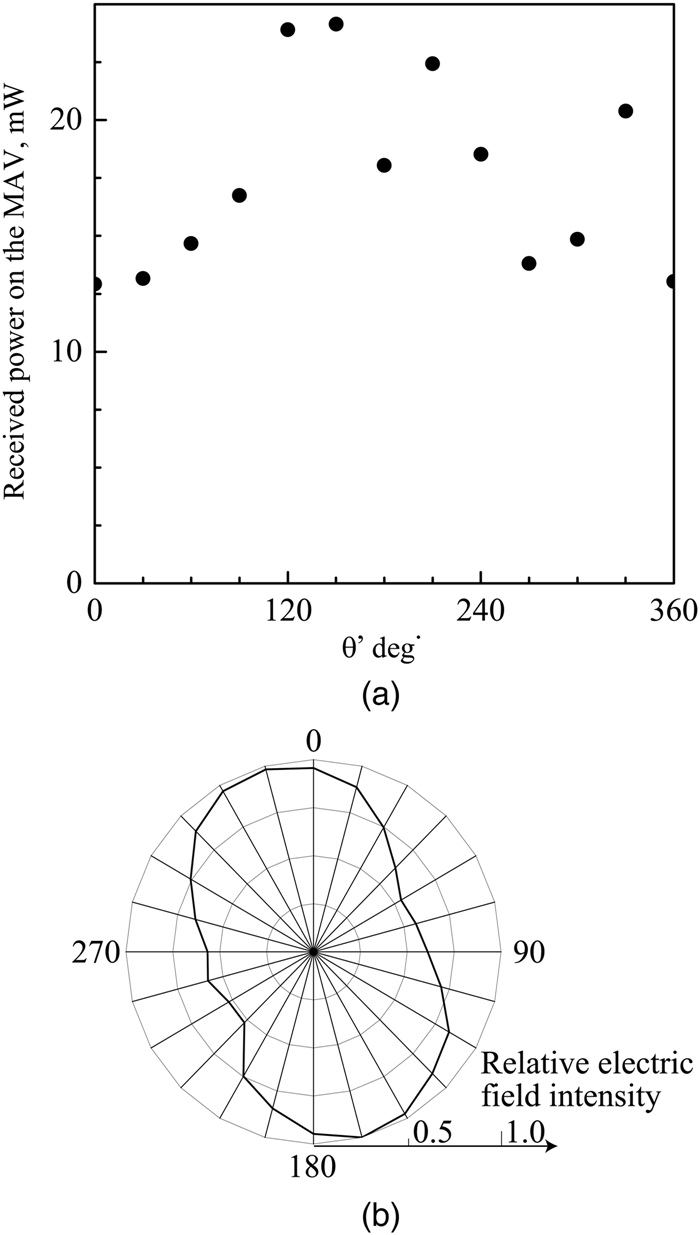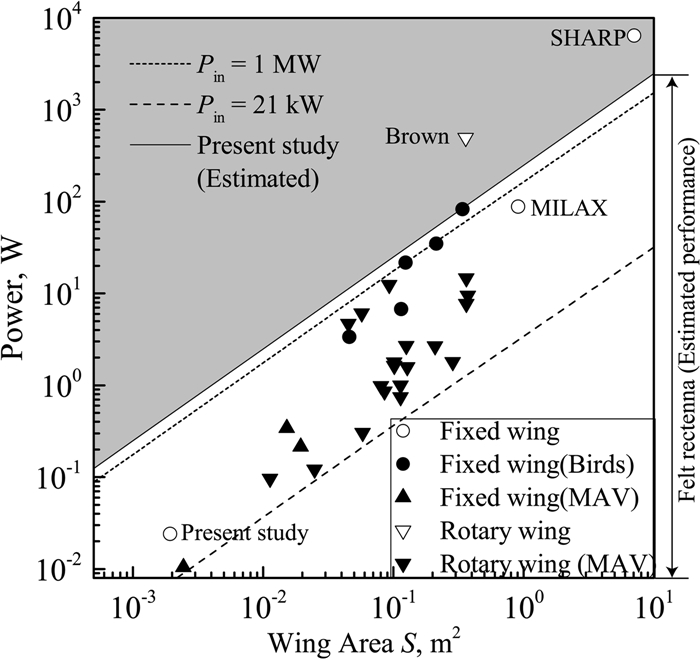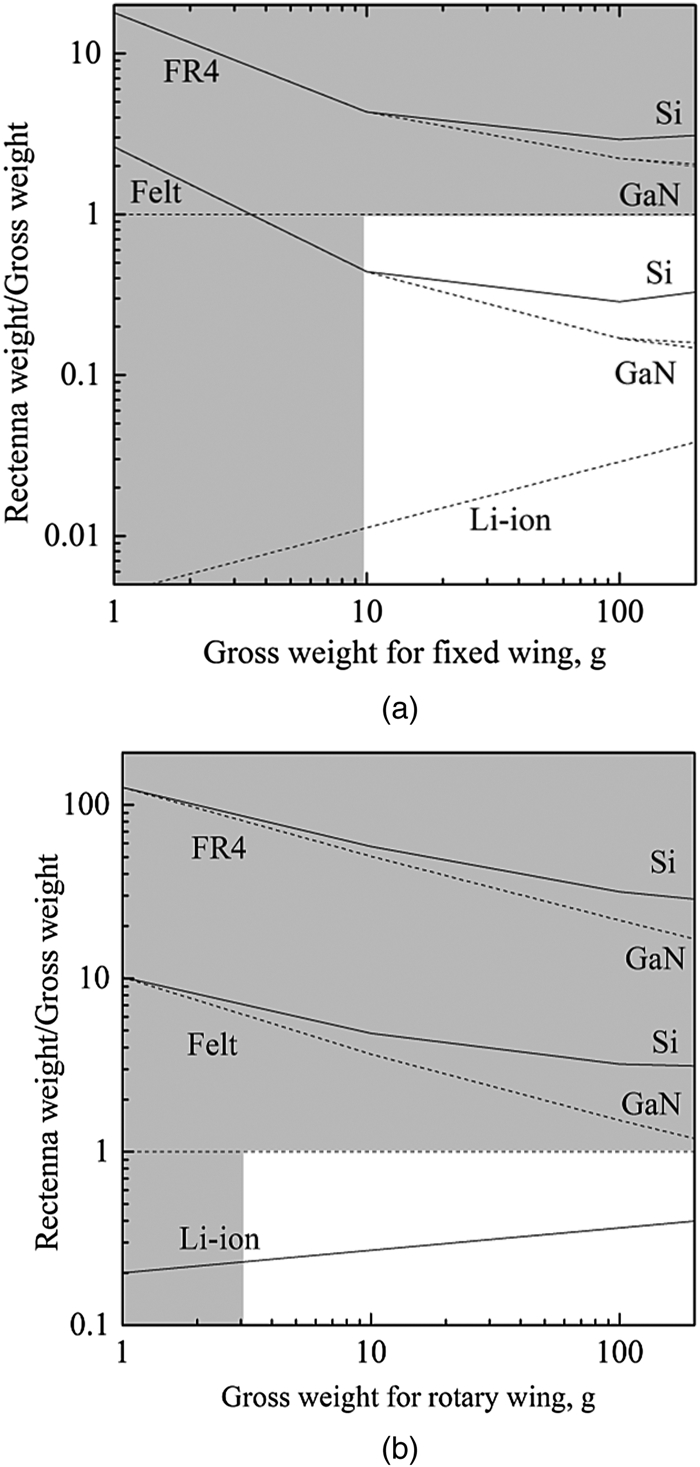Feasibility study of microwave wireless powered flight for micro air vehicles
-
1.
Department of Engineering Mechanics and Energy, University of Tsukuba, 1-1-1, Tennodai, Tsukuba 305-8573, Japan. Phone: +81 29 853 5267
-
2.
Department of Advanced Energy, The University of Tokyo, 5-1-5 Kashiwanoha, Kashiwa 277-8561, Japan
-
3.
Department of Aerospace Engineering, Nagoya University, Furo-cho, Chikusa, Nagoya 464-8603, Japan
-
4.
Department of Aeronautics and Astronautics, The University of Tokyo, 7-3-1, Hongo, Bunkyo-ku, Tokyo 113-8656, Japan
More Information
-
Author Bio:
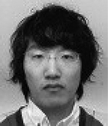 Kohei Shimamura
Kohei Shimamura received a B.S. degree in Engineering from Keio University, Yokohama, Japan, in 2009; and M.S. and Ph.D. degrees in Science from the University of Tokyo, Chiba, Japan, in 2011 and 2014, respectively. Since 2014, he has been an Assistant Professor in the Department of Engineering Mechanics and Energy, University of Tsukuba, Ibaraki, Japan.
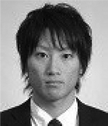 Hironori Sawahara
Hironori Sawahara received a B.S. degree in Engineering from the University of Tsukuba, Ibaraki, Japan, in 2009 and M.S. degree of Science from the University of Tokyo, Chiba, Japan, in 2011.
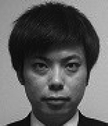 Akinori Oda
Akinori Oda received the M.S. degree of Science from the University of Tokyo, Chiba, Japan, in 2011. He joined DENSO Corporation in 2011, and has worked on production engineering of EHV power module and millimeter-wave radar.
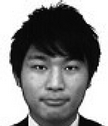 Shunsuke Minakawa
Shunsuke Minakawa received a B.S. degree in Engineering from the University of Tsukuba, Ibaraki, Japan, in 2016. He is currently in a M.S. course of the University of Tsukuba.
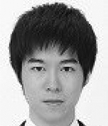 Sei Mizojiri
Sei Mizojiri is currently in a B.S. course of the University of Tsukuba, Ibaraki, Japan.
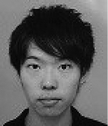 Satoru Suganuma
Satoru Suganuma is currently in a B.S. course of the University of Tsukuba, Ibaraki, Japan.
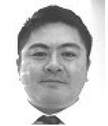 Koichi Mori
Koichi Mori received, respectively, the B.S., M.S., and Ph.D. degrees from the University of Tokyo, Tokyo, Japan, in 1999, 2001, and 2004. He has been an Associate Professor of the Department of Aerospace Engineering, Nagoya University, Aichi, Japan.
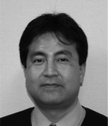 Kimiya Komurasaki
Kimiya Komurasaki received, respectively, the B.S., M.S., and Ph.D. degrees from the University of Tokyo, Tokyo, Japan, in 1987, 1989, and 1992. He has been a Professor of the Department of Aeronautics and Astronautics, the University of Tokyo, Chiba, Japan
-
Corresponding author:
K. Shimamura Email: shimamura@kz.tsukuba.ac.jp
-
Abstract
New small unmanned air vehicles designated as micro air vehicles (MAVs) are increasingly attractive for research, environmental observation, and commercial purposes. As described herein, the feasibility of a system for wireless power transmission via microwaves for MAVs was investigated. For its light weight and flexibility, a textile-based rectenna was proposed for microwave wireless power transmission of MAVs. To investigate bending effects on radiation performance, a microstrip patch antenna with a 5.8 GHz left-hand circular polarization was developed on a textile substrate. The antenna return loss, 20 dB, increased slightly with the antenna bending angle. An axial ratio < 3 dB was maintained when the antenna bend angle was < 30°. A rectification circuit was formed on the back side felt with sandwiched copper foil as a ground plate. Its weight per unit area was 0.08 g/m2, with maximum rectification efficiency of 58% with 100 Ω load at 63 mW input power. The average and maximum total transmission efficiency using the 5.8 GHz multiple rectenna with a 2.45 GHz retrodirective system were, respectively, 0.44 and 0.60%. The possibility and feasibility of microwave power transmission system using the textile-based rectenna were evaluated.
-
About this article
Cite this article
Shimamura K, Sawahara H, Oda A, Minakawa S, Mizojiri S, et al. 2017. Feasibility study of microwave wireless powered flight for micro air vehicles. Wireless Power Transfer 4(2): 146-159 doi: 10.1017/wpt.2017.9
|
Shimamura K, Sawahara H, Oda A, Minakawa S, Mizojiri S, et al. 2017. Feasibility study of microwave wireless powered flight for micro air vehicles. Wireless Power Transfer 4(2): 146-159 doi: 10.1017/wpt.2017.9
|


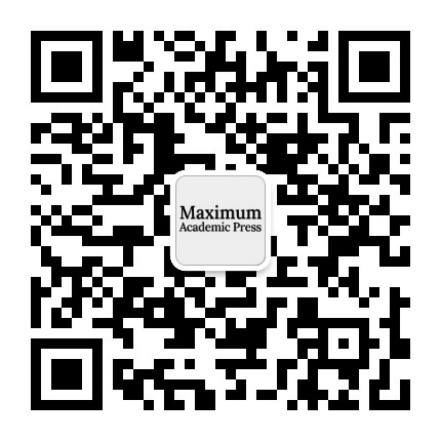







 Kohei Shimamura received a B.S. degree in Engineering from Keio University, Yokohama, Japan, in 2009; and M.S. and Ph.D. degrees in Science from the University of Tokyo, Chiba, Japan, in 2011 and 2014, respectively. Since 2014, he has been an Assistant Professor in the Department of Engineering Mechanics and Energy, University of Tsukuba, Ibaraki, Japan.
Kohei Shimamura received a B.S. degree in Engineering from Keio University, Yokohama, Japan, in 2009; and M.S. and Ph.D. degrees in Science from the University of Tokyo, Chiba, Japan, in 2011 and 2014, respectively. Since 2014, he has been an Assistant Professor in the Department of Engineering Mechanics and Energy, University of Tsukuba, Ibaraki, Japan.  Hironori Sawahara received a B.S. degree in Engineering from the University of Tsukuba, Ibaraki, Japan, in 2009 and M.S. degree of Science from the University of Tokyo, Chiba, Japan, in 2011.
Hironori Sawahara received a B.S. degree in Engineering from the University of Tsukuba, Ibaraki, Japan, in 2009 and M.S. degree of Science from the University of Tokyo, Chiba, Japan, in 2011.  Akinori Oda received the M.S. degree of Science from the University of Tokyo, Chiba, Japan, in 2011. He joined DENSO Corporation in 2011, and has worked on production engineering of EHV power module and millimeter-wave radar.
Akinori Oda received the M.S. degree of Science from the University of Tokyo, Chiba, Japan, in 2011. He joined DENSO Corporation in 2011, and has worked on production engineering of EHV power module and millimeter-wave radar.  Shunsuke Minakawa received a B.S. degree in Engineering from the University of Tsukuba, Ibaraki, Japan, in 2016. He is currently in a M.S. course of the University of Tsukuba.
Shunsuke Minakawa received a B.S. degree in Engineering from the University of Tsukuba, Ibaraki, Japan, in 2016. He is currently in a M.S. course of the University of Tsukuba.  Sei Mizojiri is currently in a B.S. course of the University of Tsukuba, Ibaraki, Japan.
Sei Mizojiri is currently in a B.S. course of the University of Tsukuba, Ibaraki, Japan.  Satoru Suganuma is currently in a B.S. course of the University of Tsukuba, Ibaraki, Japan.
Satoru Suganuma is currently in a B.S. course of the University of Tsukuba, Ibaraki, Japan.  Koichi Mori received, respectively, the B.S., M.S., and Ph.D. degrees from the University of Tokyo, Tokyo, Japan, in 1999, 2001, and 2004. He has been an Associate Professor of the Department of Aerospace Engineering, Nagoya University, Aichi, Japan.
Koichi Mori received, respectively, the B.S., M.S., and Ph.D. degrees from the University of Tokyo, Tokyo, Japan, in 1999, 2001, and 2004. He has been an Associate Professor of the Department of Aerospace Engineering, Nagoya University, Aichi, Japan.  Kimiya Komurasaki received, respectively, the B.S., M.S., and Ph.D. degrees from the University of Tokyo, Tokyo, Japan, in 1987, 1989, and 1992. He has been a Professor of the Department of Aeronautics and Astronautics, the University of Tokyo, Chiba, Japan
Kimiya Komurasaki received, respectively, the B.S., M.S., and Ph.D. degrees from the University of Tokyo, Tokyo, Japan, in 1987, 1989, and 1992. He has been a Professor of the Department of Aeronautics and Astronautics, the University of Tokyo, Chiba, Japan 


